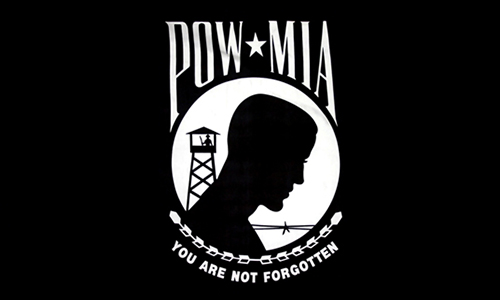Special Operations warfighters live and die by the ‘No Man Left Behind’ motto. The operational environment that SOF teams find themselves in, that is working in small numbers and behind enemy lines, makes adherence to that motto even more important.
A paragon example of the determination of SOF units to leave no one behind, dead or alive, is the infamous Black Hawk Down mission in Mogadishu, Somalia, in 1993. Although the pilots of the first MH-60 Black Hawk to go down were dead, the Delta operators and Rangers refused to depart without first salvaging the bodies of their brethren.
Now, the Navy SEAL Museum is partnering with Project Recovery, a non-profit organization dedicated to recovering the remains of fallen American servicemen, to recover two Frogmen who perished in the Pacific theater of operations in the Second World War.
The Frogmen, Chief Howard Roeder, Swimmer John MacMahon and Swimmer Robert Black, were conducting a reconnaissance of Japanese positions near the Island of Yap. According to reports, the three UDT men were captured and executed by the Japanese. Their remains have never been found.
“This partnership is a no-brainer and part of our core mission to preserve the history and heritage of the Navy SEALs and our predecessors,” said retired SEAL Master Chief Rick Kaiser, who is also the Executive Director of the Navy SEAL Museum. “The term ‘No man left behind’ isn’t just a tagline for the Navy SEAL Museum. It is my solemn oath and duty to do everything I can do in my power to recover the remains of these warriors.”
The combined salvage team will utilize cutting-edge forensics and archaeology technology in its efforts.
“We are excited and honored to continue our search for these men,” said Dr. Derek Abbey, PhD., the President and CEO of Project Recover. “These brave Frogmen represent the foundation of a proud lineage of American warriors. We at Project Recover strive to keep our nation’s promise of returning them home with the same resilience and vigor that they put forth ridding the world of tyranny during World War II.”
The Underwater Demolition Teams (UDT) are the forefathers of the SEAL Teams. Activated during the Second World War to clear beaches of obstacles that could hinder Allied landings, the UDTs gradually morphed in a formidable unconventional warfare unit. The shift from beach clearing and underwater operations to the modern SEAL skillset happened during the early years of the Vietnam War – the concept had already begun during the Korean War when UDTs raided littoral communist targets. Under President Kennedy’s direction, the Navy created the SEAL Teams. When the first two SEAL Teams were activated (SEAL Team One and SEAL Team Two) in 1962, the officers in charge manned the new units with UDT operators. And for a time, there existed both UDTs and SEAL Teams. The final reorganization that saw the existing UDTs renamed to SEAL Teams took place in 1983.
Already have an account? Sign In
Two ways to continue to read this article.
Subscribe
$1.99
every 4 weeks
- Unlimited access to all articles
- Support independent journalism
- Ad-free reading experience
Subscribe Now
Recurring Monthly. Cancel Anytime.










